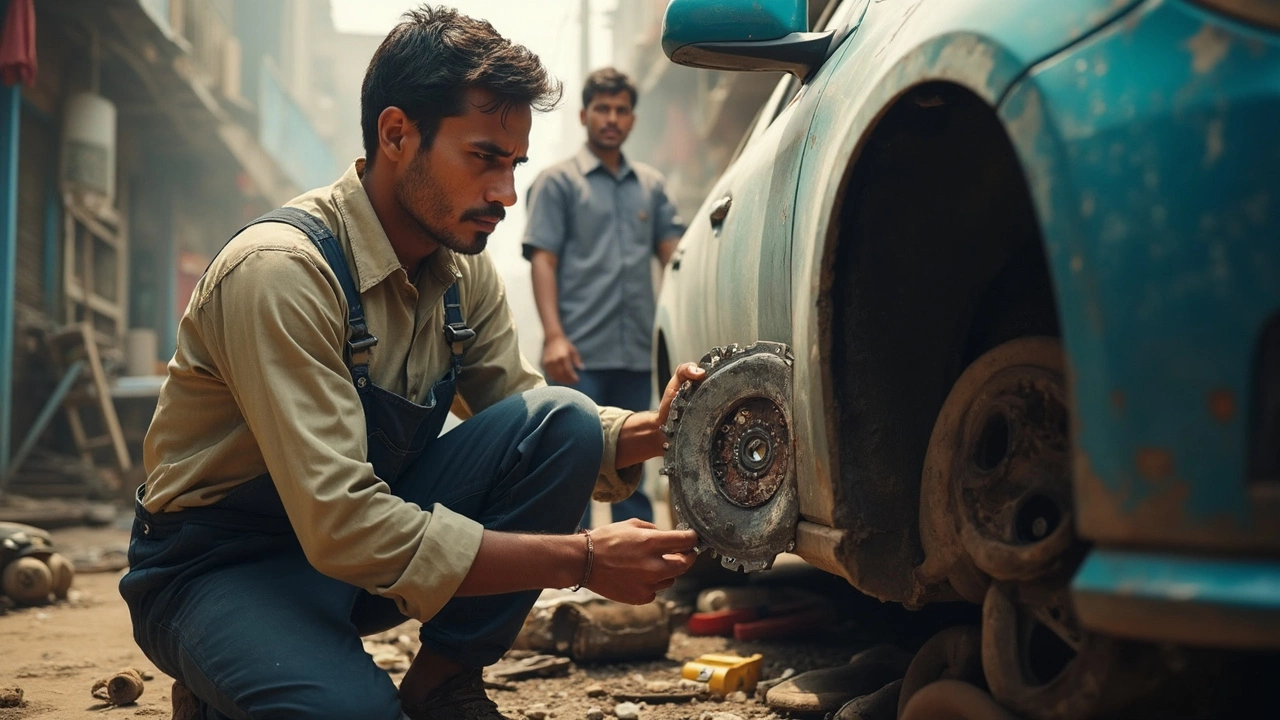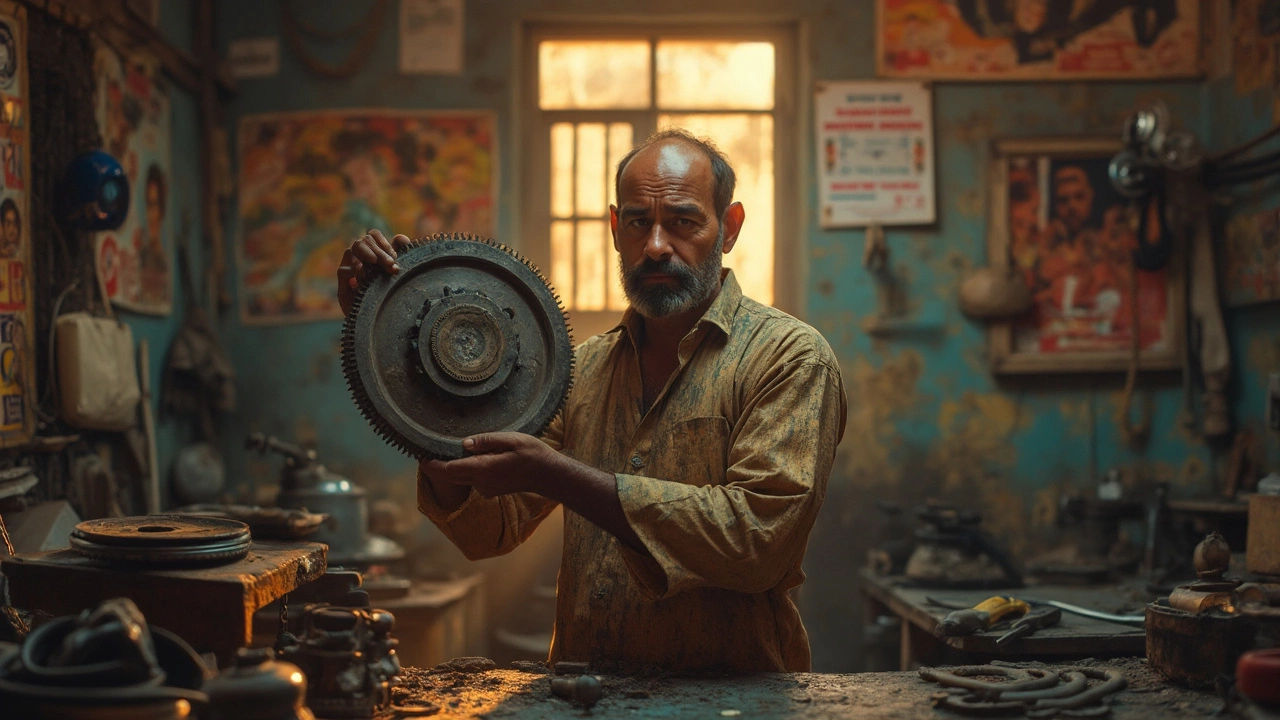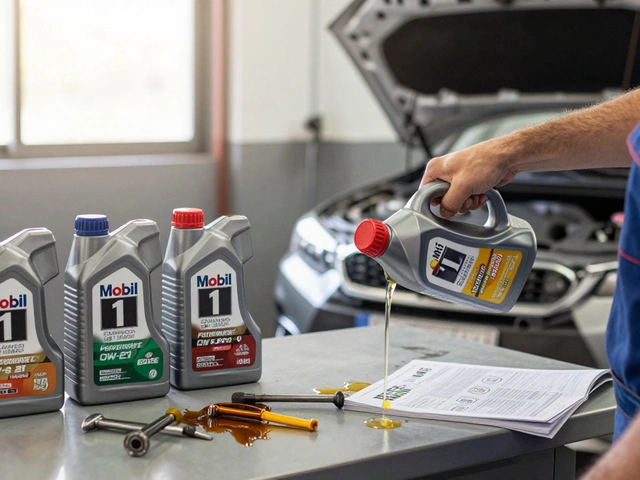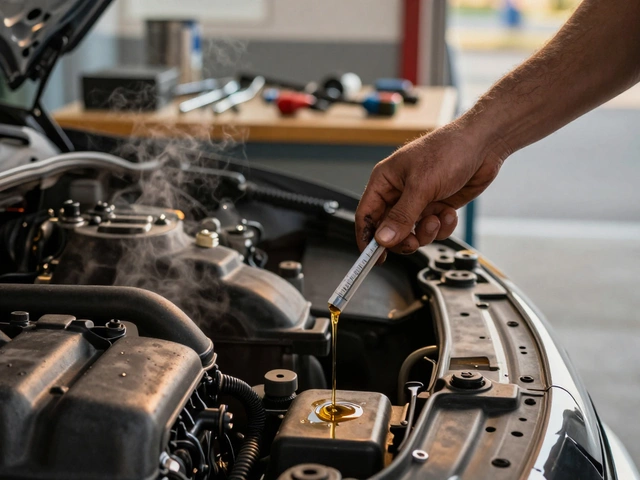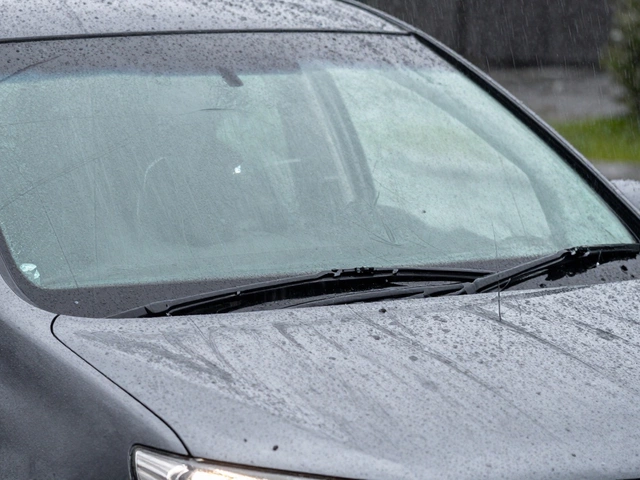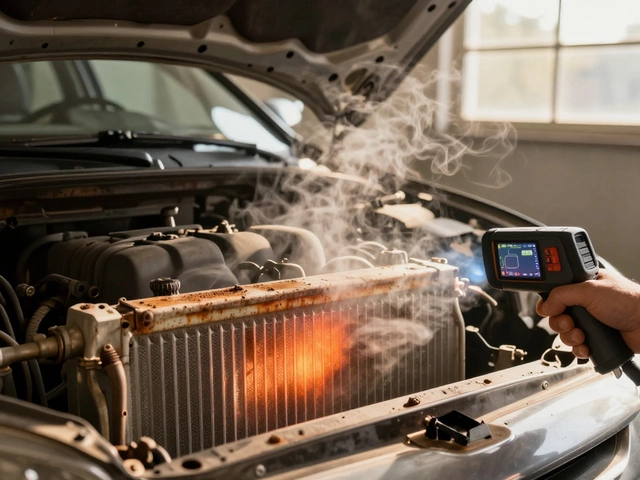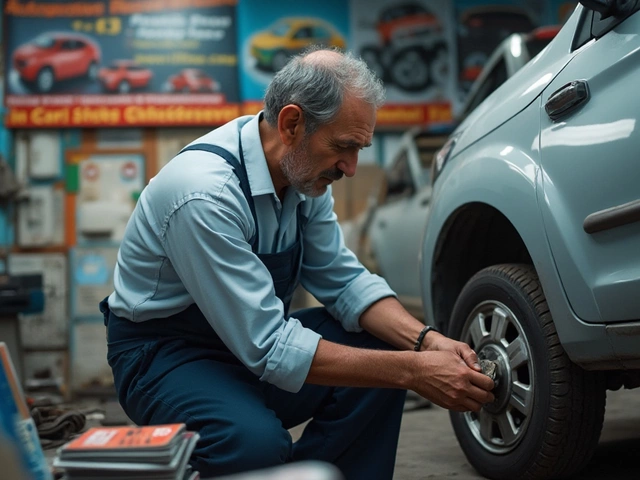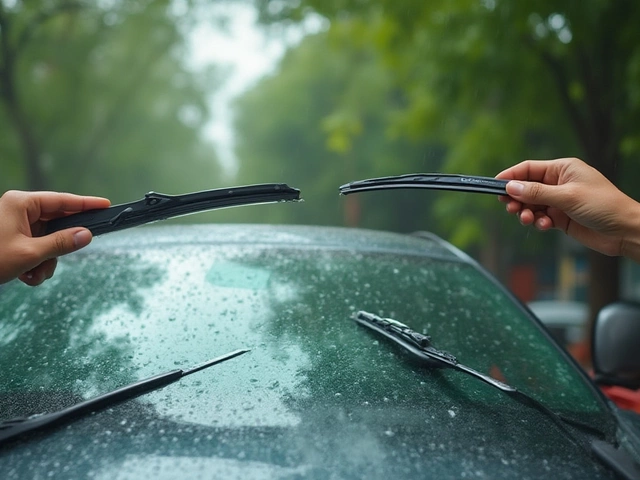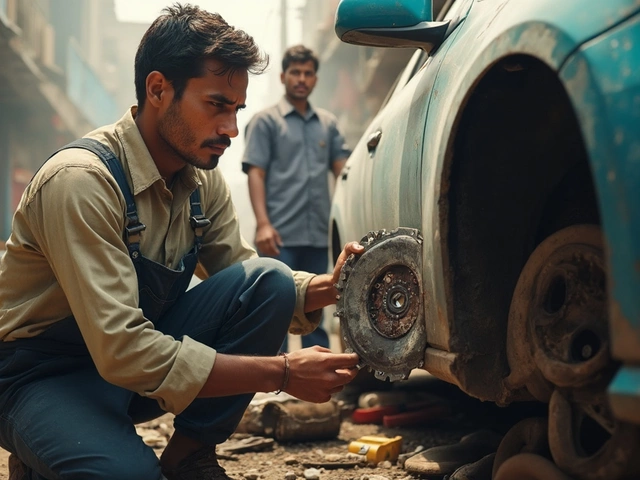Clutch Kits: What They Do, How Long They Last, and When to Upgrade
If you drive a manual car, the clutch is the link between the engine and the wheels. A clutch kit contains everything needed to keep that link strong: the clutch disc, pressure plate, release bearing and sometimes a flywheel. When any part wears out, the whole kit should be replaced to avoid slipping, noise, or a busted gearbox.
The first question most owners ask is how many miles a clutch should survive. In real‑world driving, a healthy clutch typically reaches 60,000–100,000 miles. Aggressive shifting, heavy traffic and high‑performance use can cut that number in half, while gentle daily driving may push it even farther. Keep an eye on signs like a burning smell, a spongy pedal or a sudden loss of power – those are clues that the kit is near the end of its life.
When to Upgrade: Performance vs. Everyday Use
Upgrading isn’t just about replacing a worn set. If you’re adding more horsepower, a stage‑2 or stage‑4 clutch kit can handle the extra load without slipping. Stage‑2 kits usually cope with 300–400 hp, while stage‑4 kits are built for race‑level power. Choose the kit that matches your power goals; over‑specifying can waste money, under‑specifying can lead to rapid wear.
Many wonder if a new clutch can boost fuel efficiency. The answer is mixed: a properly adjusted clutch reduces drag, but “riding the clutch” – keeping the pedal partially pressed – actually burns more fuel. So the best efficiency gain comes from good driving habits, not a fancy kit.
DIY or Pro Installation? What to Expect
Swapping a clutch kit yourself is doable if you have the right tools and a bit of patience. You’ll need a transmission jack, a few wrenches, and a torque wrench for proper clamping force. The job can take 4‑6 hours for most sedans, a bit longer for tight‑engine bays. If you’re uncomfortable removing the transmission, a professional shop can finish the job in a day, often spotting hidden flywheel issues that DIYers miss.
Speaking of flywheels, don’t ignore them. A cracked or warped flywheel can cause vibration and wear the new clutch quickly. If the flywheel shows scoring, heat spots or cracks, replace it while you’re in the shop. The extra cost saves you from a repeat repair later.
Cost is another big factor. A basic clutch kit for a common compact car can run $150‑$300, while high‑performance kits push $800‑$1,200. Labor adds $400‑$800 depending on shop rates. To keep expenses down, compare OEM parts with reputable aftermarket brands and ask about any bundled warranties.
In short, a clutch kit is more than a spare part – it’s a key to smooth shifting, reliable power delivery and, if chosen right, better performance. Know your driving style, check mileage signs, and decide whether a simple replacement or an upgraded kit fits your needs. When you’re ready, plan for the right tools, budget for potential flywheel work, and you’ll keep your manual car humming for miles to come.

How Many Hours Does It Take to Replace a Clutch? Real-Time Estimates for Common Cars
Replacing a clutch typically takes 4 to 8 hours, depending on your car model and mechanic experience. Learn what factors affect labor time, signs of a failing clutch, and how to save money on parts and labor.
CONTINUE READING
Clutch Kits: How Many Miles Should a Clutch Last?
Wondering how many miles your clutch should last? Clutch lifespan really depends on your driving style, road conditions, and the type of car you have. This article breaks down the average mileage, what shortens or extends clutch life, and clear signs you’ll need a replacement. You’ll also pick up practical tips on making your clutch last as long as possible. Stick around to save yourself from an expensive repair bill.
CONTINUE READING
How Hard Is It to Replace a Clutch? Simple Truths for DIY Mechanics
Swapping out a clutch sounds intimidating, but it's doable if you're prepared. This article breaks down how tough it really is to replace a clutch, what skills and tools you need, and what snags you might hit along the way. You'll get practical advice, surprising facts about clutch repairs, and tips to help you decide if you should tackle this job yourself. We also cover what to expect regarding time, costs, and possible headaches. If you're thinking about clutch work, here's what you need to know before grabbing your wrenches.
CONTINUE READING
Stage 2 Clutch HP Limits: How Much Can It Really Handle?
Lots of car owners turn to stage 2 clutches for extra performance, but there’s confusion about how much horsepower these kits can actually take. This article breaks down what a stage 2 clutch really is, its real-world horsepower limits, and the factors that decide whether your setup will hold strong or start slipping. Get clear answers and practical tips, plus some common mistakes people make when upgrading their clutch.
CONTINUE READING
Stage 4 Clutch Kit: What It Is and Why It Matters for Your Ride
Wondering what sets a stage 4 clutch kit apart? This guide breaks down what a stage 4 clutch kit actually does, who needs one, and what makes it a serious upgrade. You’ll find out how it handles extreme power and why it’s popular among tuners and racers. We’ll cover its real-world use and offer tips on deciding if your car actually needs it. Read on for simple answers and expert tips.
CONTINUE READING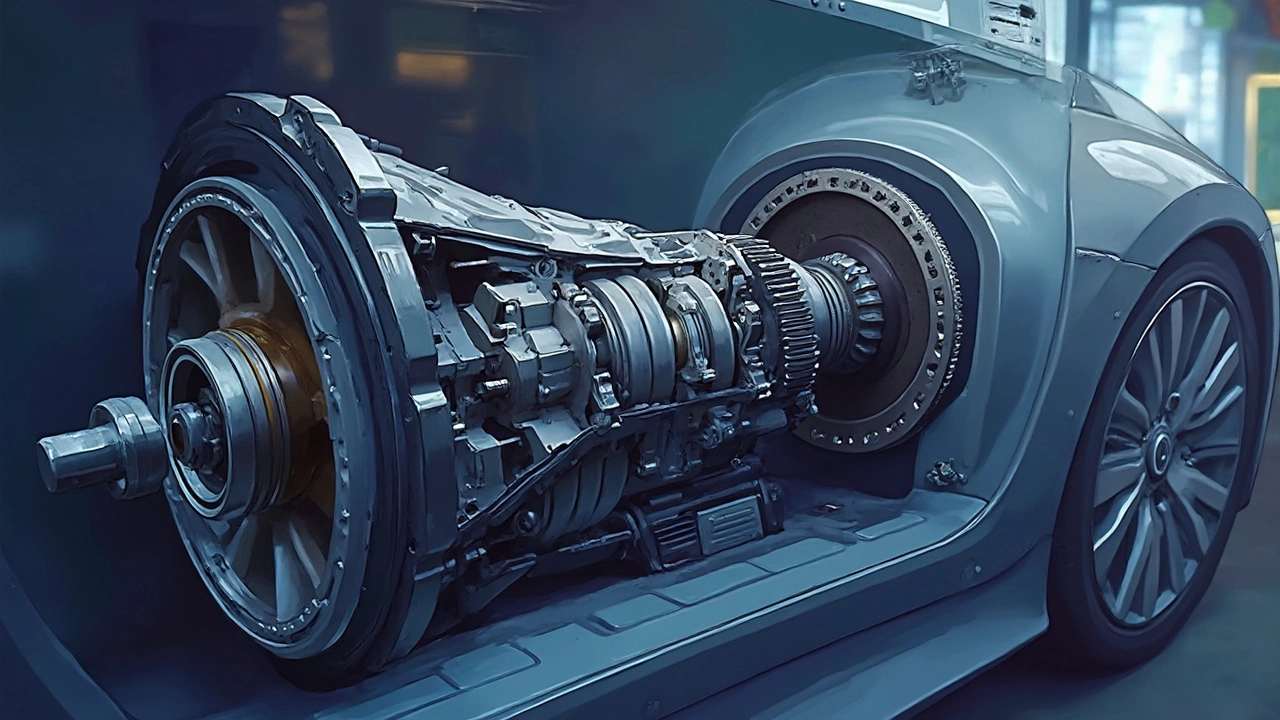
Do Clutch Kits Really Make a Difference?
Clutch kits can significantly impact your vehicle's performance, offering smoother gear transitions and enhanced driving experience. Learn how they work, when it's time for a replacement, and the potential benefits of choosing the right kit for your car. Discover practical tips for selecting and maintaining clutch kits in this comprehensive guide, ensuring you make informed decisions for your vehicle's needs.
CONTINUE READING

